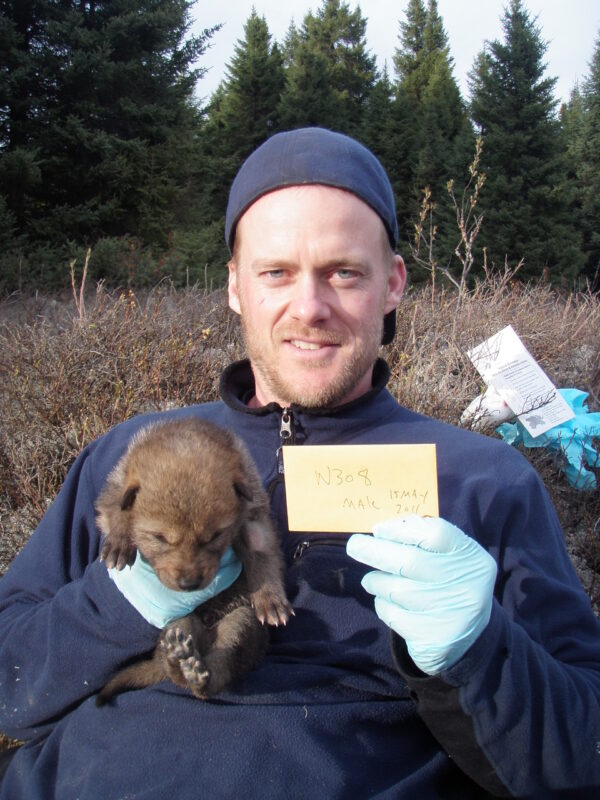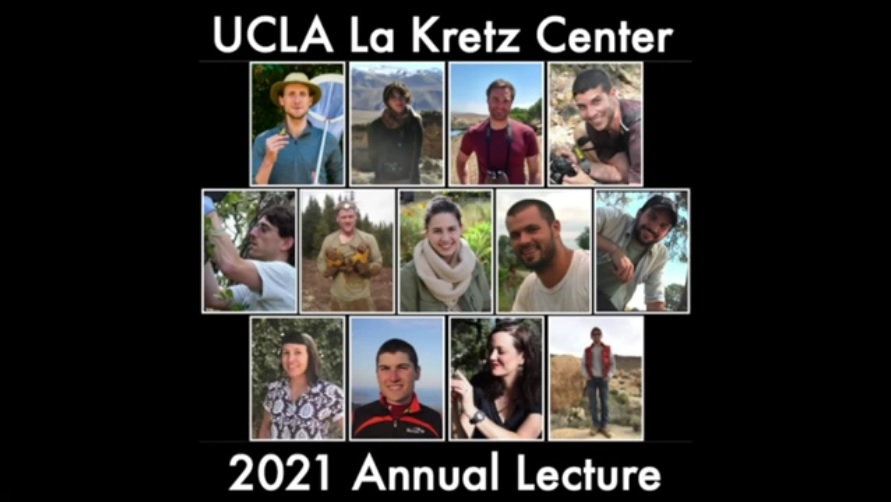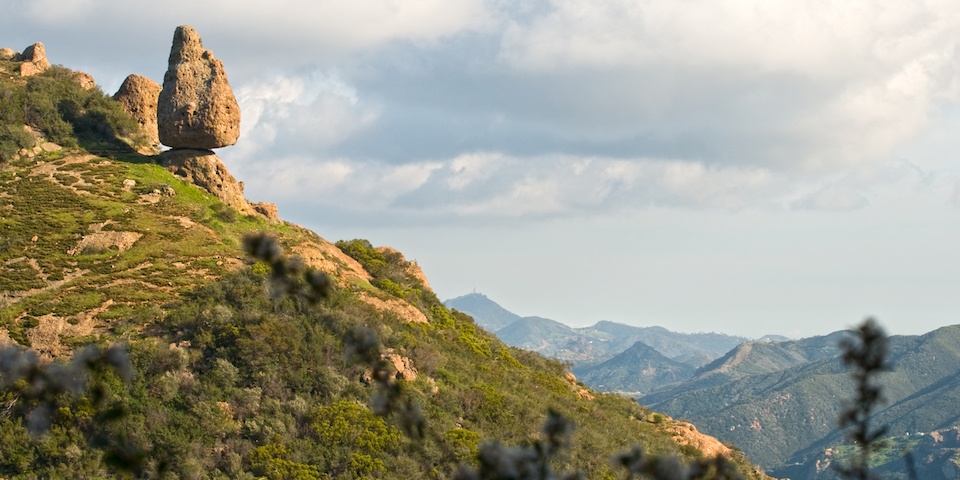
John Benson
Assistant Professor of Vertebrate Ecology
University of Nebraska School of Natural Resources
I study population dynamics, spatial ecology, and predator-prey interactions of wildlife. This includes studying viability and spatial processes in a small, inbred population in the Santa Monica Mountains in collaboration with the National Park Service, a project that I started as a La Kretz postdoc.
I also study hybridization dynamics between wolves and coyotes in Ontario, Canada in collaboration with the Ontario Ministry of Natural Resources. In Nebraska, I am working with the Nebraska Game and Parks Commission studying population dynamics, spatial ecology, and predator-prey interactions with bighorn sheep, mule deer, and elk.
All of my work combines population, behavioral, molecular, and landscape ecology and involves intensive field studies around the world. My work often leads to real-world solutions to pressing wildlife conservation issues: one example is the ongoing work on the Liberty Canyon wildlife overpass on the 101 freeway that was motivated by my postdoc project.
Selected Publications:
Benson, J.F., Sikich, J.A., S.P.D. Riley. 2020. Survival and competing mortality risks of mountain lions in a major metropolitan area. Biological Conservation 241
Benson, J.F., Mahoney, P.J., Wickers, T. W. et al. 2019. Extinction vortex dynamics of top predators isolated by urbanization. Ecological Applications. 29.
Benson, J.F., Jorgensen, S.J., J.B. O’Sullivan, Winkler, C., White, C., Garcia-Rodriguez, E., Sosa-Nishizaki, O Lowe, C.G. 2018. Juvenile survival, competing risks, and spatial variation in mortality risk of a marine apex predator. Journal of Applied Ecology 55:2888-2897.
Benson, J.F., Loveless, K.M., Rutledge, L.Y., Patterson, B.R. 2017. Ungulate predation and ecological roles of wolves and coyotes in eastern North America. Ecological Applications 27:718-733 (Cover Article).
Benson, J.F., Mahoney, P.J., Sikich, J.A., Serieys, L.E.K., Pollinger, J.P., Ernest, H.B., Riley, S.P.D. 2016. Demographic, genetic, and landscape interactions threaten viability of a large carnivore in a major metropolitan area. Proceedings of the Royal Society B 283 (Cover Article)




